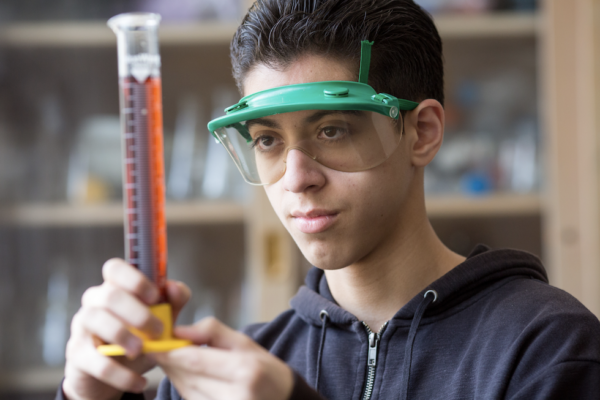Only 11 percent of college faculty identify as Black, Latino, or Native American, compared to 40 percent of students. In a new working paper from the Annenberg Institute at Brown University, researchers Daniel Oliver, Robert Fairlie, Randa Roland and Glenn Millhauser explore the impact on the performance of these students when they have a teaching assistant (TA) who is also from an under-represented minority group.
Using results from an introductory chemistry lab, the researchers found that students of color who had TAs of color were significantly less likely to drop the course and were more likely to pass. However, the study did not find a similar impact on the actual grades students received. Further, when looking at longer-term effects such as continuing in the STEM field, the researchers did not find an effect.
The study at a large, public, Hispanic-serving institution over five academic years involved more than 4,000 students randomly assigned to a lab section and TA. In these labs, students frequently interacted with their TA in a small group setting and primarily learned the course content from that TA.
The researchers suggest there are significant implications for their study given that racial inequity in the STEM field is incredibly pronounced. They call for more studies focused on increasing diversity in academia and PhD candidates, especially within the STEM field.
By Catherine Dragone
